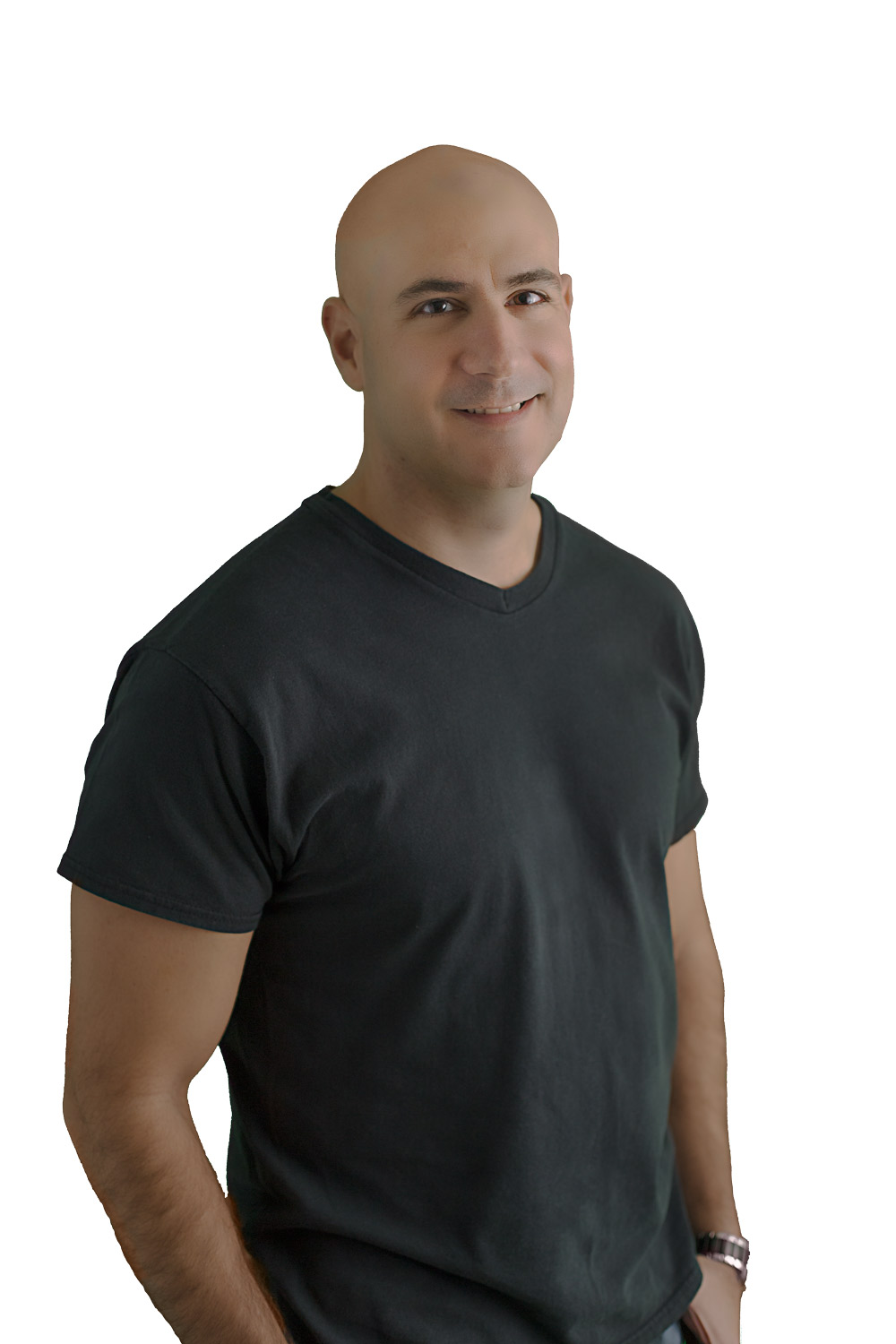In the history of the world tattoos occupy an interesting niche. Human beings have always been fascinated with this practice and varying forms of body art can be found across a spectrum of ancient civilizations. Ancient art and archaeological sites have backed up this premise and recent discoveries of mummified human remains go on to suggest that tattoos were common in the ancient world from Greenland and Alaska to China, Egypt and various other parts of south-east Asia. This fascination has grown with time and people today understand tattoos as a means of expression - an intimate form of expressing oneself through the art that involves skin and ink. The modern revival of tattoos in western culture is attributed to the tattoo renaissance of the 1950s which saw a renewed interest in expressing and investing in body art. The intimacy a person shares with his/her tattoo is unlike another form of art and has also led to tattoos and their permanent nature being identified with an extremely sentimental bond.
Every art form borrows heavily from its predecessors. When tattoos regained prominence in our times tattoo artists did the same. In the 1950s during the time of iconic tattoo artists like Lyle Tuttle and Clif Raven what was evident was that many of the designs that were popularised and are now part of the tattoo design staple were absorbed from other cultures across the world. Clif Raven is noted for his designs incorporating many Japanese Irezumi designs and making them popular in the United States. The fact that tattoos have always had a love-hate relationship with their times also has led to greater appeal for tattoos - inevitably linking them with a sense of freedom and self-liberation. Even the Irezumi tradition of Japanese tattoos were once outlawed in the 19th century even though tattoos were valourised in the Edo era of Japanese history.
Another interesting inspiration that has shaped the tattoo subculture in the west also has its roots in a tradition from the far east. Chinese calligraphy tattoos are extremely popular and have now led to language scripts and typographical designs to great prominence. The history of using language scripts as a mark on the body in China has a darker past. In the past, prisoners were the only individuals in society that were marked with textual tattoos as a form of punishment and to highlight their outlaw status in society. Stylized use of characters from many languages, phrases and proverbs etc. in the modern era however is looked at with great interest in the world of tattoos as they sustain ample interest with an aura of mystery and intrigue.
 |
| Best Tattoo Shop in NYC |
Tattoos just like other forms of artistic merit have had a rather interesting history. They have overcome their traditional utilitarian purpose and today occupy a role of artistic purpose. Modern day tattoo parlours at take this tradition forward and try to capture that sense of liberation and freedom that sustained interest in this art form while providing a lot of value and meaning to the ones who choose to commit and invest in a piece of art that is truly their and theirs alone. If you are confused about the right place to go to, Stories of the Ink provides a catalogue of the best tattoo shops in NYC on their website.
More blogs: How to Pick a Good Tattoo Design?








No comments:
Post a Comment